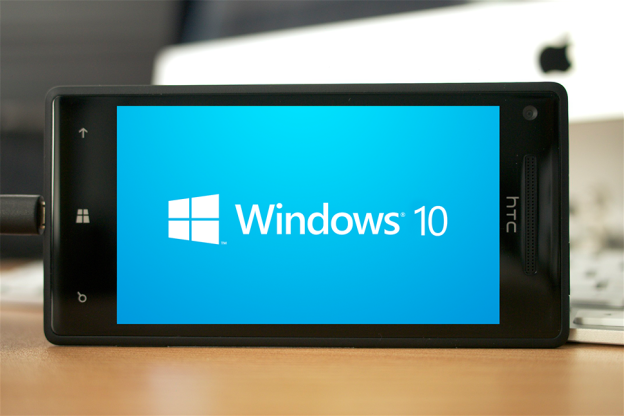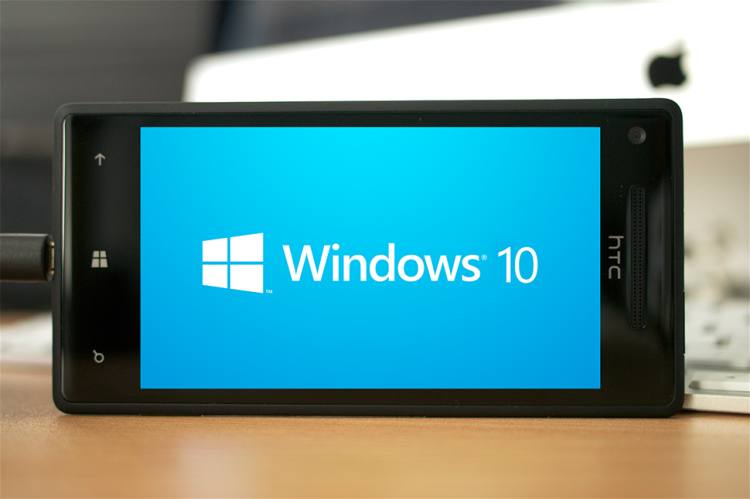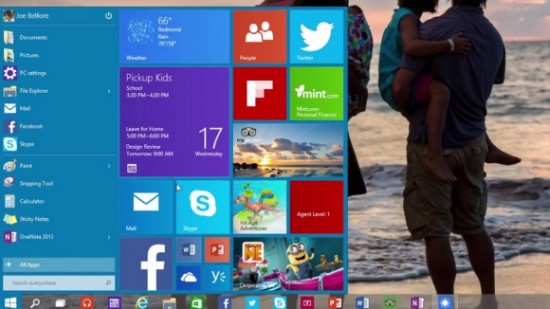AMD may have outed the release of Windows 10 recently, saying that the OS would be arriving in late July in response to a question about their channel inventory. More accurately, AMD’s CEO Lisa Su may have unwittingly outed the new operating system’s release as she responded to the question.
“What we also are factoring in is, you know, with the Windows 10 launch at the end of July, we are watching sort of the impact of that on the back-to-school season, and expect that it might have a bit of a delay to the normal back-to-school season inventory build-up.”
The question is somewhat irrelevant, but the answer is certainly interesting. Was this an honest mistake, or a calculated dropping of hints. At any rate, we already know that Windows 10 was coming this Summer – we did have a fairly good idea that June was the appointed month. Now we know when in June, as long as the info is genuine.
SEE ALSO: Apple Watch Won’t Sell In Stores Until June
Of course Microsoft haven’t come out with an actual, single day release date for Windows 10 – the reason behind the lack of a date being not letting down consumers if the date isn’t met or things don’t go according to a schedule. We all know how news sites can react if a product isn’t delivered on the deadline, and how fans can fret and think something is wrong.
Also, when building a big piece of software, then having to package and distribute it, one has to take into count simply how massive an undertaking this is, especially since it’s a Windows operating system designed to go out across the entire world. Microsoft’s sheer size and coverage of the globe means a pinpointed release date isn;t very easy to pin down.
SEE ALSO: ‘Universal’ MS Office App Coming To Phones
At any rate ‘the end of June’ is good enough an indicator for us, so we’d advise you to take it as the best indicator you’re going to get for when Windows 10 arrives. The end of June is around 100 days away – it’s quite a long time if you look at it like that, but for Microsoft will it be enough?
Via: Geekwire
Via: Techcrunch


